
The segregation of dangerous goods is a vital part of the everyday handling, storing, and transportation of hazardous materials. There are numerous examples of the disastrous consequences of the unintentional combination/mixing of some dangerous goods due to leakage.
The necessary precautions that should be taken while shipping or storing dangerous goods based on regulations of transportation are listed below.
Ground Transport in Canada (TDGR) and the United States (49 CFR)
Segregation information in the transportation of dangerous goods regulations in Canada is extremely limited. Therefore, the onus is squarely placed on the shipper to verify the manufacturer’s safety data sheets for any mutual incompatibilities information and possible adverse interactions if it is inadvertently mixed with other dangerous goods. On the other hand, the United States and their 49 CFR provides shippers with a segregation table in section § 177.848 segregation of hazardous materials. Thus, adding an additional tool to assist shippers and carriers in the prevention of any negative interactions such as a leak.
Air transport – International Air Transport Association (IATA)
IATA segregation and packaging table 9.3.A, provides similar guidance to segregation as the United States 49 CFR, class 1.4S, 6, 7, and 9 are exempt from segregation restrictions, and class 9 lithium batteries must consult 9.3.2.1.3. Suppose a consignment of UN3480 (packaging instruction 965) and UN 3090 (packaging instruction 968) are being shipped in accordance with Section IA or IB of their respective packaging instructions. In that case, you must ensure it is “stowed on an aircraft next to, or in a position that would allow interaction in the event of damage/fire with packages or overpacks containing dangerous goods which bear a Class 1, other than Division 1.4S, Division 2.1, Class 3, Division 4.1 or Division 5.1 hazard label”.
Seagoing vessels and the International Maritime Dangerous Goods Code (IMDG)
When preparing a shipment of dangerous goods that may have to be placed into a cargo transport unit (CTU) and shipped by a seagoing vessel, there is typically a two-step method that must be followed to identify segregation requirements:
- First step identifies the segregation table in section 7.2.4.; and
- Second step is to identify the segregation group code in column 16b of the dangerous goods list and then verify in table 7.2.8 if it’s required to stow away or separate from identified classes.
I would strongly recommend the use of the segregation flow chart located in the annex following 7.2.8 and the many examples that follows the chart for ease of understanding.
Knowing what you have and being able to understand the limitations of storing and shipping your dangerous goods will help prevent accidents. I would also recommend reading one of my previous blogs, Chemical Exposure in the Workplace, on negative results in the workplace when cleaning agents were mixed together, causing the death of an employee.
Stay up to date and sign up for our newsletter!
We have all the products, services and training you need to ensure your staff is properly trained and informed.
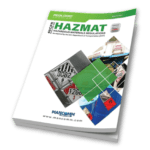 US 49 CFR Publications |
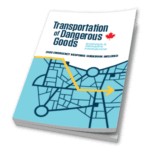 Canadian TDG Publications |
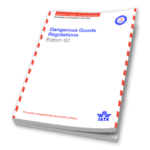 IATA Publications |
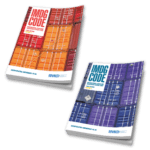 IMDG Publications |

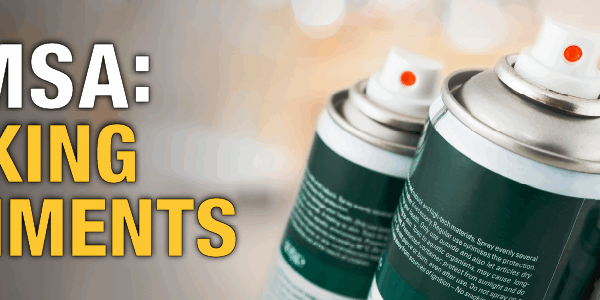
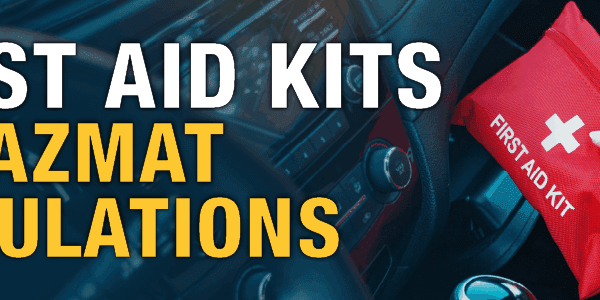



 ICC USA
ICC USA ICC Canada
ICC Canada